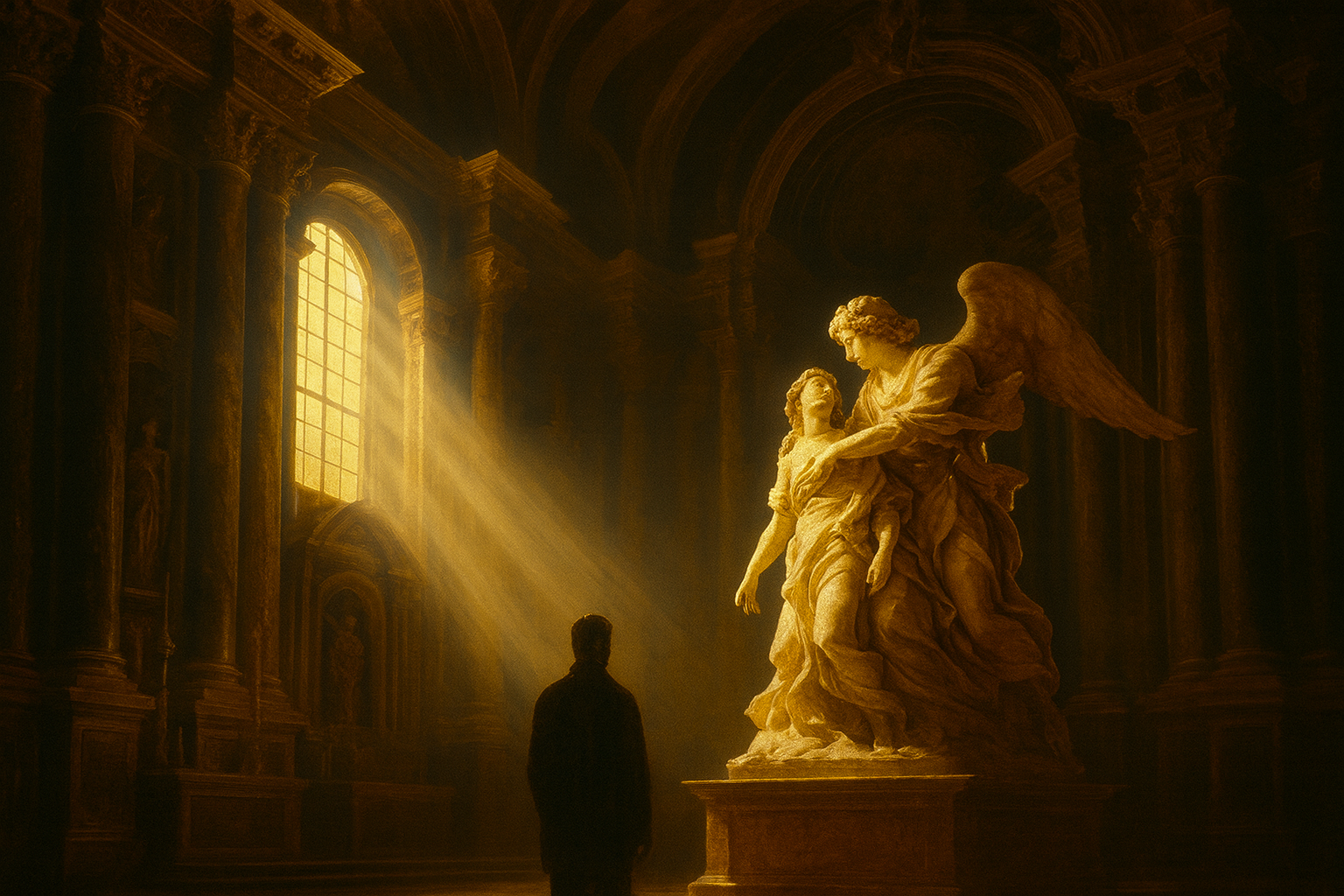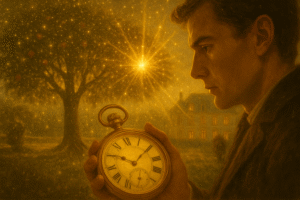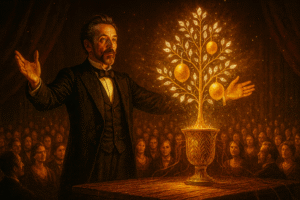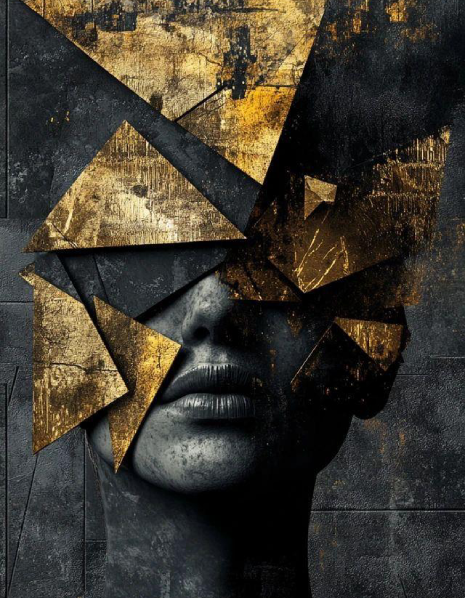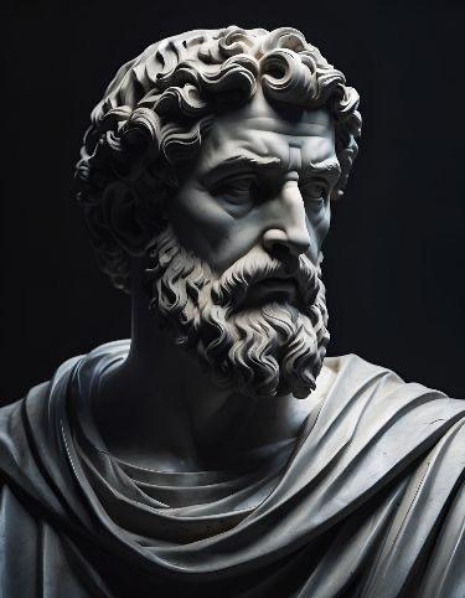We like to believe we’re rational; that we make decisions based on facts, logic, and careful thought. But history suggests something else.
In the 16th century, the Catholic Church faced growing opposition from the Protestant Reformation. Its authority was diminishing, and its followers were turning away. Entire regions were embracing Protestant ideals, and the Church’s political and spiritual influence was slipping.
The Church needed to win people back—not through logic, but through feeling. It needed something that could speak to people beyond the words of traditional scripture and convey the Catholic message.
It didn’t double down on doctrine. It turned to art. And in doing so, it answered a question we still struggle with today:
Why do people respond more deeply to feeling than to fact?
Art for the Masses
The Church decided to embrace visual art. In a time where most people couldn’t read or write, images offered a powerful alternative. Baroque art, already gaining ground in the artistic world, became the perfect tool. It was raw, emotional, and deeply spiritual.
The Catholic Church used the Baroque movement as a tool of influence. Its strength lay in making Catholicism accessible. Paintings and sculptures could speak directly to the everyday person, bypassing intellect and appealing to emotion. This was not about philosophy or religious debate. It was about storytelling.
A New Language
Art became the Bible. Every painting, sculpture, and chapel told a story of redemption, sacrifice, or divine grace. Baroque art transcended words. It became a powerful way to communicate faith, reaching people where language could not.
This wasn’t a rational roadmap to faith; it was faith embodied in form. Through shadow and light and intense dramatic movement, Baroque art shaped belief by connecting with people on a deeply human level. It transformed complex ideas into emotional truths.
Emotion Over Instruction
Baroque art didn’t seek to inform through reason; it aimed to convert through feeling. The Church understood that faith could be stirred more powerfully by awe and reverence rather than by reason and logic.
Artists like Caravaggio and Bernini became essential to this mission. Caravaggio’s use of light and shadow created intense spiritual tension. Bernini’s marble sculptures provided emotive snapshots of biblical drama. Their work, imbued with emotion, transcended depiction and became something closer to spiritual theatre.
Theatres of Wonder
Baroque architecture took this experience even further. Ceilings showed dramatic visions of heaven. Altarpieces glowed with golden light. Saints and angels reached towards the skies in rapture.
Every element, from design to decoration, was intended to reaffirm the Church’s spiritual authority. The result was immersive. The viewer was no longer an observer, but an active participant in a visual and emotional performance.
A Legacy of Influence
Even today, the legacy endures. Baroque architecture, paintings, and sculpture continue to speak across centuries—not through text, but through feeling.
It bypassed the barriers of literacy and language, and even now, it transcends speech—touching hearts in ways words never could.


